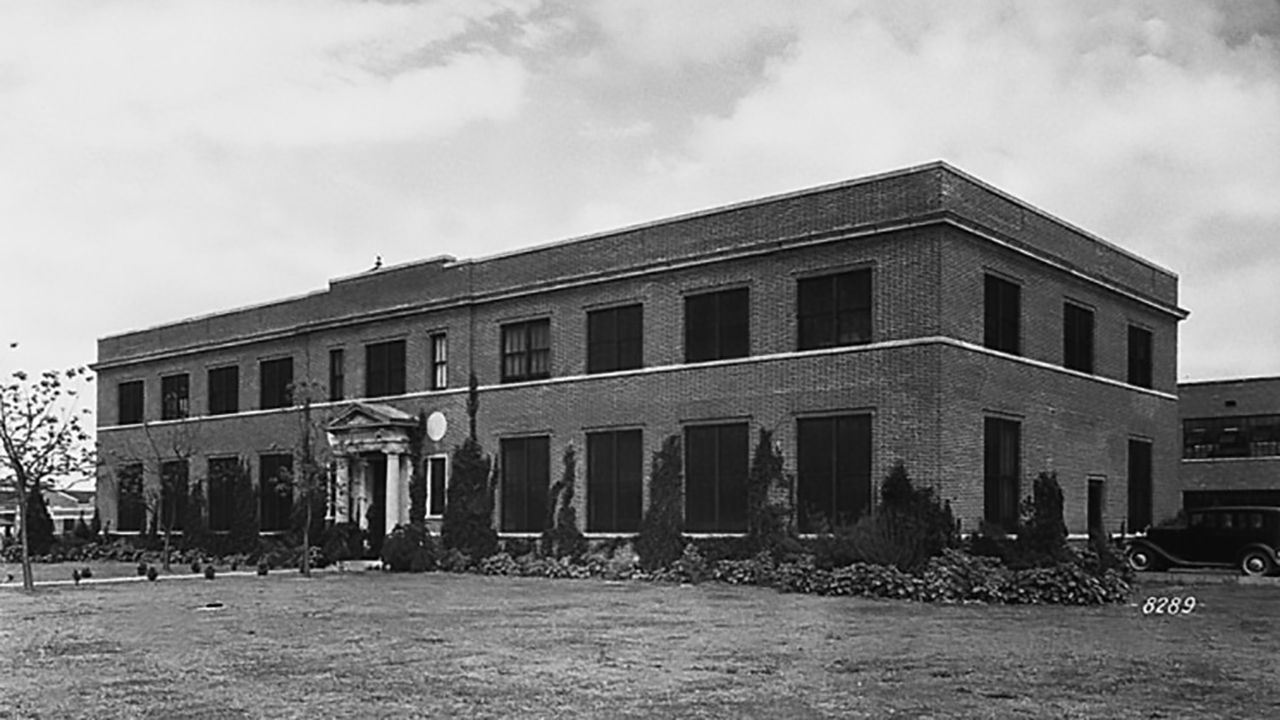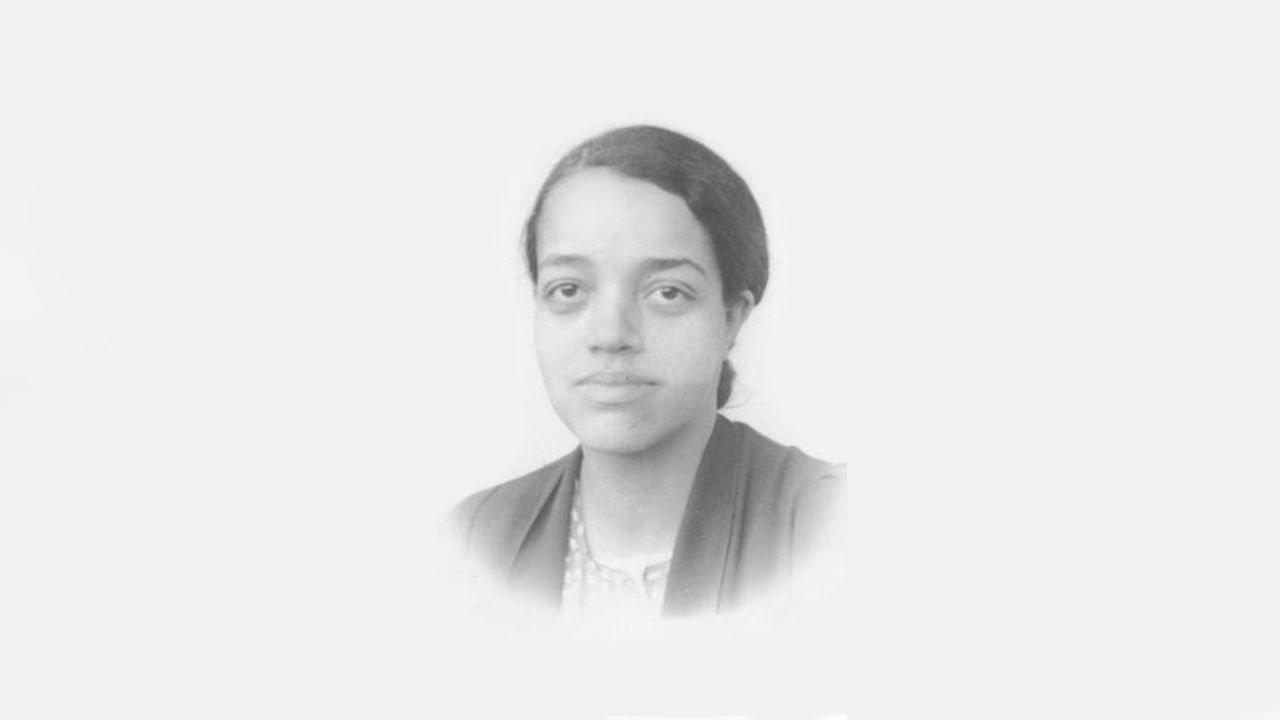Dorothy Vaughan was one of the first African American women who helped pave the way for the United States in space research.
Graduating as valedictorian from her high school in 1925, Dorothy Vaughan strived to be the best from a young age.
She graduated from Wilberforce University in Ohio in 1929 with a B.A. in mathematics after receiving a full scholarship.
For the next 14 years, Vaughan taught mathematics at a segregated school in Virginia.
In 1941, President Roosevelt issued executive orders to end racial discrimination in the United States’ defense industry and hiring processes, and this led to companies hiring more Black women.
It wasn’t until 1943 when Vaughan left her teaching career to join the Langley Research Center, a facility for the federal agency National Advisory Committee for Aeronautics (NACA), as a mathematician and programmer. NACA would become NASA in 1958.

What she thought would be a temporary war job during WWII became her new career for almost the next 30 years.
Vaughan worked in the West Area Computing unit, a segregated unit only comprising African American women, all of whom were brilliant in mathematics.
Their unit contributed to all research at the facility and helped research for the United States’ space program.
After the supervisor of the unit died, who was a white woman, Vaughan became the interim supervisor. She worked this role for years before officially receiving the position, making her NACA’s/NASA's first African American manager.
She worked with the women in her unit, researching, teaching computing languages and compiling mathematic equations. Vaughan also worked with other famous women such as Katherine Johnson, another gifted mathematician whose calculations were crucial to the Mercury-Atlas 6 mission.
When NACA introduced the first electronic computers, Vaughan began learning, teaching herself and other coworkers FORTRAN, a complex computer language that she picked up quickly.
Mind you, humans were called computers before electronic computers existed, as people had to compute by hand and with calculating machines.
Vaughan continued her work until 1971. She did not receive another position at NASA, but people will forever remember her as one of the most inspiring women in history. The movie “Hidden Figures” even featured Vaughan as it told the story of her and other members in her unit during their time at NASA.
Our team of meteorologists dives deep into the science of weather and breaks down timely weather data and information. To view more weather and climate stories, check out our weather blogs section.








